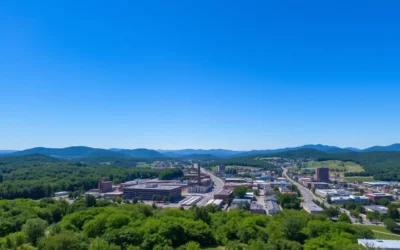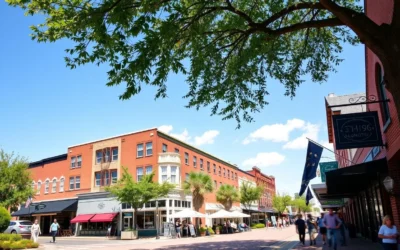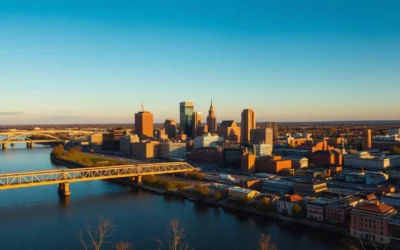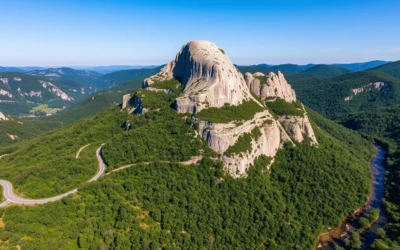Did you know that George Washington’s Mount Vernon experiences over 218 days of precipitation-free weather annually, making it one of the most visitor-friendly historical destinations on the East Coast? This remarkable statistic means you have a 60% chance of enjoying clear skies during your visit to this iconic American landmark. As you plan your journey to Washington’s beloved estate, understanding the seasonal patterns can transform your experience from merely pleasant to truly unforgettable.
Getting to Mount Vernon
Mount Vernon is conveniently located just 15 miles south of Washington, D.C., making it easily accessible by various transportation methods. The estate’s address is 3200 Mount Vernon Memorial Highway, Mount Vernon, Virginia 22121.
By Air
The closest major airports are Ronald Reagan Washington National Airport (DCA, approximately 15 miles away) and Washington Dulles International Airport (IAD, about 35 miles away). Both offer numerous domestic and international flights daily.
Find the best flight deals to Washington D.C. for your Mount Vernon adventure:
By Car
Mount Vernon is easily accessible via the George Washington Memorial Parkway, which offers scenic views along the Potomac River. From Washington D.C., take the parkway south and follow signs to Mount Vernon. Free parking is available on-site.
By Public Transportation
You can reach Mount Vernon via the Metrorail and Metrobus. Take the Yellow Line to Huntington Station, then connect to the Fairfax Connector Bus 101 to Mount Vernon. Alternatively, water taxis operate seasonally from Alexandria and Washington D.C.
Best Months to Visit Mount Vernon, Virginia
Mount Vernon’s climate features four distinct seasons, each offering a unique experience for visitors. Based on weather patterns and tourism data, certain months stand out as particularly ideal for exploring this historic estate.
Spring (April-May)
Spring brings mild temperatures ranging from 56°F to 76°F, making it one of the most comfortable seasons to visit. The estate’s gardens burst into bloom, showcasing tulips, daffodils, and cherry blossoms. While there’s a moderate chance of rain (around 10 days per month), the lush greenery and pleasant temperatures more than compensate.
Pros: Blooming gardens, comfortable temperatures, and fewer crowds than summer.
Best for: Garden enthusiasts and photographers.
Fall (September-October)
Fall offers another sweet spot for visitors with temperatures between 58°F and 79°F in September, cooling to 49°F-68°F by October. The estate is adorned with stunning autumn foliage, and clearer skies prevail (64% clear days in September). Fall also sees fewer muggy days and reduced rainfall compared to summer.
Pros: Spectacular fall colors, pleasant temperatures, and clearest skies of the year.
Best for: Photography and outdoor exploration.
Summer (June-August)
Summer brings warm to hot temperatures (65°F-88°F) and higher humidity. July is the hottest month, with temperatures occasionally reaching the mid-90s. This season sees the most “muggy” days but offers extended daylight hours for exploration. The farm is active with 18th-century demonstrations, and visitors can enjoy Potomac River cruises.
Pros: Extended hours, farm demonstrations, and river activities.
Best for: Families and those interested in farming practices.
Winter (November-March)
Winter temperatures range from 28°F to 58°F, with January being the coldest month. While outdoor exploration may be chilly, winter offers the most peaceful experience with significantly fewer visitors. Occasional snowfall creates a picturesque setting, and special holiday decorations and events (particularly in December) provide unique seasonal charm.
Pros: Fewest crowds, holiday decorations, and special winter events.
Best for: History enthusiasts who prefer quiet exploration.
Tourism Score Peak Periods
According to weather data, Mount Vernon’s tourism score (which factors in clear skies, comfortable temperatures, and minimal precipitation) peaks during:
- The entire month of June
- Mid-August to early October
- First week of September (highest score)
These periods offer the optimal balance of comfortable temperatures (65°F-80°F) and clear skies for exploring the estate’s outdoor attractions.
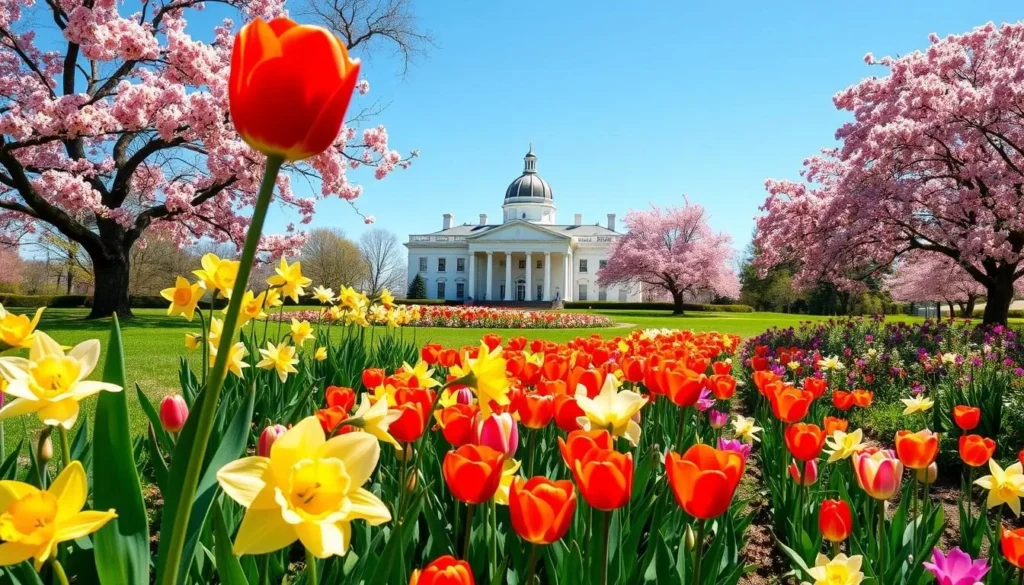
Seasonal Highlights at Mount Vernon
| Season | Weather | Special Events | Crowd Levels | Recommendation |
| Spring (Mar-May) | 46°F-76°F, moderate rain | Garden tours, newborn lambs, cherry blossoms | High (peak season) | Book tickets in advance, arrive early |
| Summer (Jun-Aug) | 65°F-88°F, humid, afternoon thunderstorms | Farm demonstrations, Independence Day fireworks, river cruises | Moderate to high | Bring water, visit early morning or evening |
| Fall (Sep-Nov) | 40°F-79°F, clearest skies | Fall harvest activities, autumn foliage, wine festival | Moderate | Perfect for photography, comfortable exploration |
| Winter (Dec-Feb) | 28°F-48°F, occasional snow | Christmas at Mount Vernon, Aladdin the Camel, candlelight tours | Low (except holiday weekends) | Dress warmly, enjoy peaceful atmosphere |
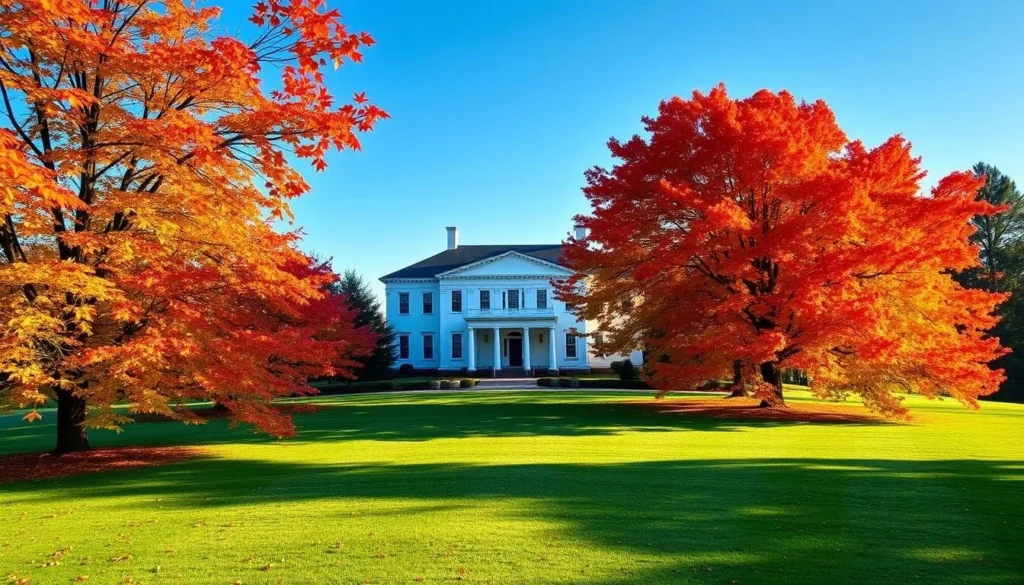
Top Attractions at Mount Vernon
While weather considerations are important, Mount Vernon offers numerous attractions year-round that make it worth visiting in any season. Here are the must-see highlights of the estate:
The Mansion
The centerpiece of the estate, Washington’s mansion underwent a major expansion under his direction. The guided tour takes you through the first and second floors, showcasing period furniture, many original to the Washington family. Note that from 2023-2026, the mansion is undergoing preservation work, with some rooms potentially off-view during your visit.
Gardens & Grounds
The meticulously maintained gardens reflect Washington’s passion for landscape design. The Upper Garden (formal), Lower Garden (functional/kitchen), and Botanical Garden showcase seasonal plantings. The grounds also include the Forest Trail and Pioneer Farm, offering insights into 18th-century agricultural practices.
Washington’s Tomb
Pay respects at the final resting place of George and Martha Washington. The current tomb, completed in 1831, replaced the original burial site. Nearby, the Slave Memorial honors the enslaved individuals who lived and worked at Mount Vernon.
Museum & Education Center
The Donald W. Reynolds Museum and Education Center houses over 700 artifacts and interactive exhibits chronicling Washington’s life. Note that from July 2024 through 2025, the Education Center exhibit will be closed for renovation, though the “Mount Vernon: Story of An American Icon” exhibit remains open.
Distillery & Gristmill
Located 2.7 miles from the main estate, these functioning reconstructions demonstrate Washington’s entrepreneurial spirit. The distillery, once the largest in America, produced Washington’s famous rye whiskey. Open weekends from April through October.
Pioneer Farm
Experience Washington’s innovative farming practices at this 4-acre demonstration site. Seasonal activities include crop cultivation, livestock care, and demonstrations of period agricultural techniques. Spring visitors might see newborn lambs, while summer offers the most active farming demonstrations.
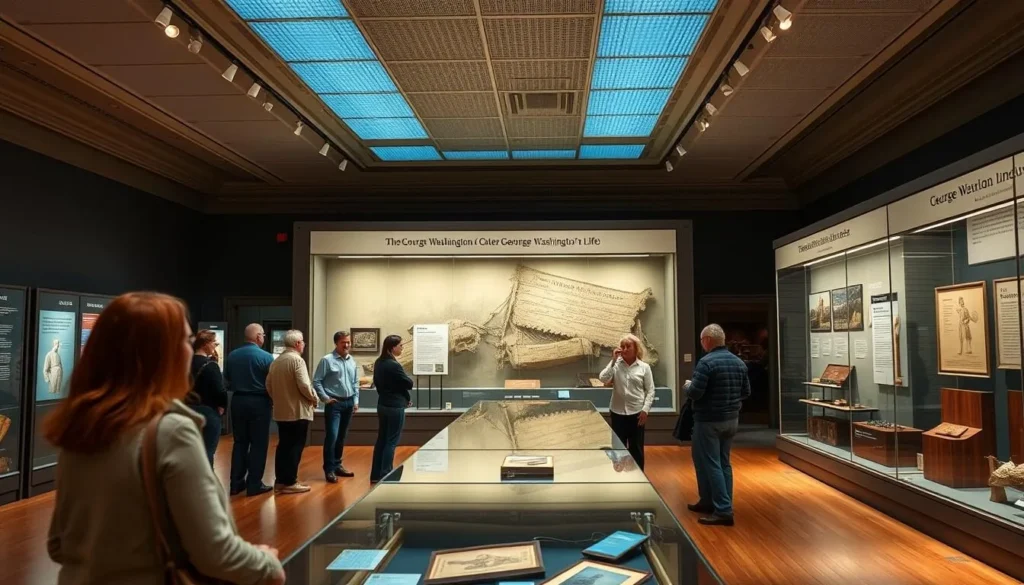
Where to Stay Near Mount Vernon
While Mount Vernon itself doesn’t offer on-site accommodations, the surrounding areas provide various lodging options to suit different preferences and budgets.
Alexandria, Virginia
Just a 15-minute drive from Mount Vernon, Alexandria offers historic charm and modern amenities. Old Town Alexandria features boutique hotels in restored buildings, while the outskirts provide more budget-friendly chain options.
Recommended Areas:
- Old Town – Historic district with cobblestone streets and colonial architecture
- Carlyle/Eisenhower – Modern accommodations near the Patent and Trademark Office
- Del Ray – Charming neighborhood with a small-town feel
National Harbor, Maryland
Located across the Potomac River, National Harbor is about a 20-minute drive from Mount Vernon. This waterfront development offers upscale hotels, dining, and entertainment options.
Washington, D.C.
For those wanting to combine their Mount Vernon visit with D.C. sightseeing, staying in the capital provides easy access to other historical sites. The southwest waterfront area offers the most convenient access to Mount Vernon.
Find Your Perfect Stay
Secure accommodations near Mount Vernon at the best rates:
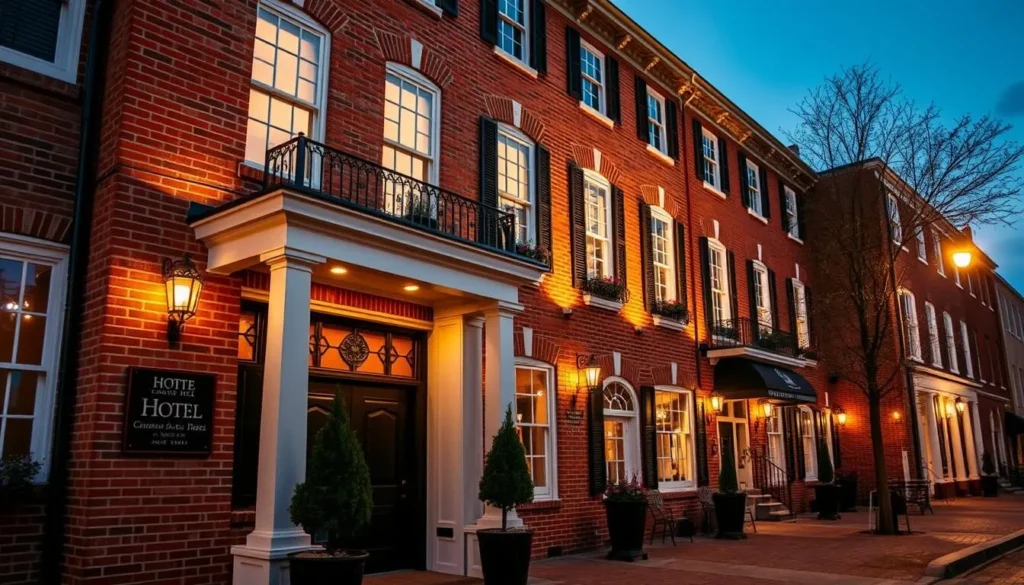
Getting Around Mount Vernon
Navigating the Mount Vernon area requires some planning, especially if you want to explore beyond the estate itself.
On the Estate
Mount Vernon is best explored on foot. The historic area features 18th-century pathways that can be uneven, so comfortable walking shoes are essential. A shuttle runs continuously between the Museum, the Slave Memorial and Tomb, and the Wharf from April through October (10 a.m. to 5 p.m. daily). Wheelchairs are available free of charge at the Ford Orientation Center.
Beyond Mount Vernon
To explore the surrounding area, including the Distillery & Gristmill (located 2.7 miles from the main entrance), you’ll need transportation.
Transportation Options
- Rental Car – Offers the most flexibility for exploring the region
- Rideshare Services – Readily available in the area
- Bike Rentals – The Mount Vernon Trail offers scenic cycling opportunities
- Water Taxi – Seasonal service connects Mount Vernon to Alexandria and D.C.
For maximum flexibility during your visit:
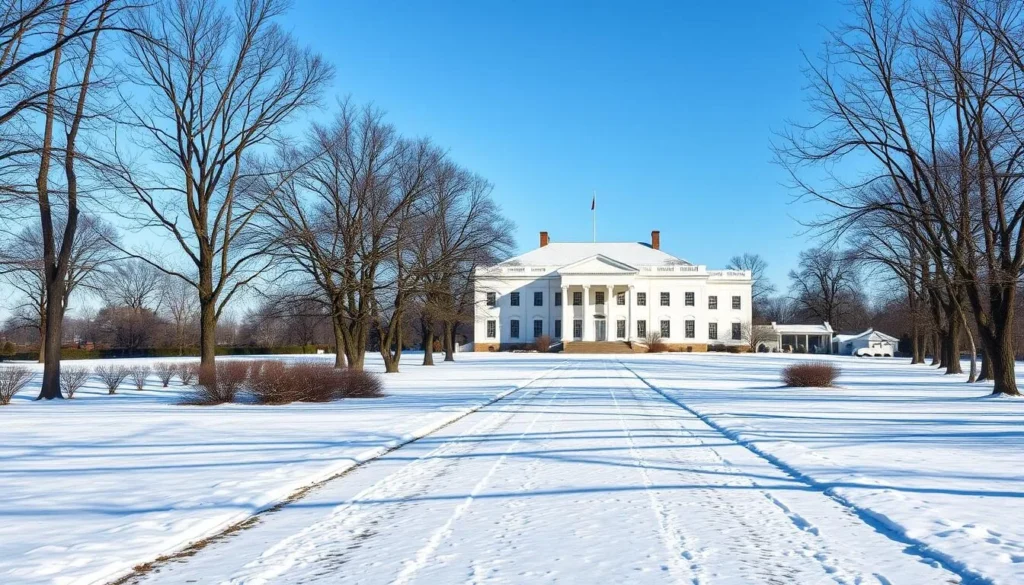
Dining Options at Mount Vernon
Mount Vernon Inn Restaurant
Located on-site, this colonial-style restaurant offers a taste of early American cuisine. Don’t miss their famous Peanut & Chestnut Soup, a Virginia classic. The Inn serves lunch daily and dinner Monday through Saturday. Reservations are recommended, especially during peak tourist seasons.
Weather consideration: The restaurant provides a welcome respite during summer heat or winter chill, making it a perfect midday break regardless of when you visit.
Food Court
For more casual dining, the Mount Vernon Food Court offers quick-service options including sandwiches, salads, and snacks. It’s conveniently located near the main entrance and provides a faster alternative to the Inn.
Picnic Areas
If you prefer to bring your own food, picnic tables are available on a first-come, first-served basis in front of the Shops at Mount Vernon. Note that outside food and drink (except bottled water) are not permitted on the estate grounds.
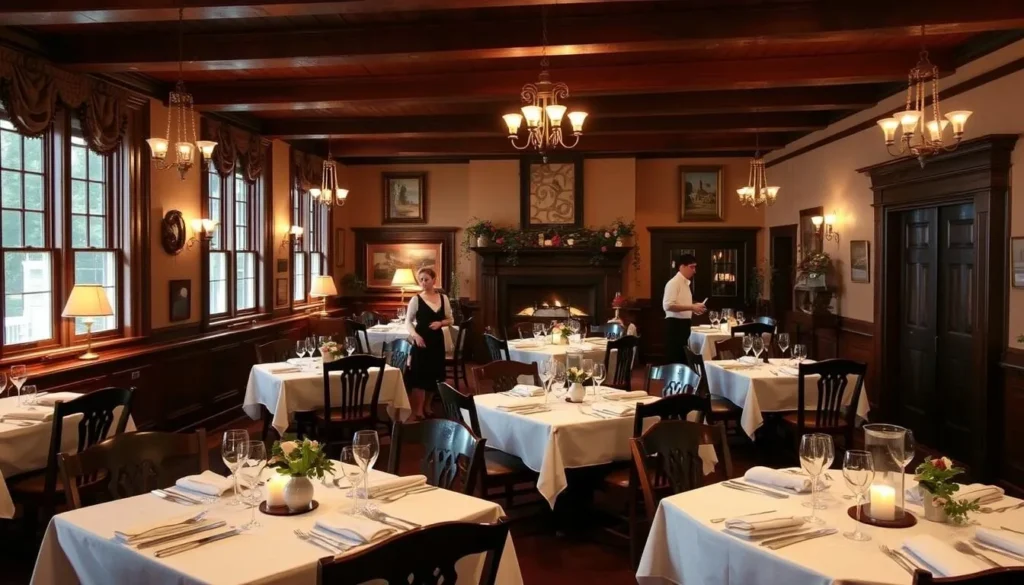
Seasonal Events and Programs
Mount Vernon hosts special events throughout the year that can enhance your visit depending on when you travel. Consider timing your trip to coincide with these seasonal highlights:
Spring Events
- Spring Garden Tours (April-May) – Specialized tours highlighting the estate’s blooming gardens
- Revolutionary War Weekend (May) – Military demonstrations and encampments
- Mother’s Day Weekend – Special programming honoring Martha Washington
- Memorial Day Ceremony – Wreath-laying at Washington’s Tomb
Summer Events
- Independence Fireworks (Late June/Early July) – Spectacular display over the Potomac
- American Celebration (July 4) – Daytime fireworks, military demonstrations
- Summer Concert Series – Evening performances on the lawn
- Sunset Celebration (June-September) – Evening tours and activities
Fall/Winter Events
- Fall Harvest Festival (October) – Agricultural demonstrations and activities
- Whiskey Tastings (October) – Sample spirits at Washington’s Distillery
- Christmas at Mount Vernon (November-December) – Period decorations and candlelight tours
- Aladdin the Camel (December) – Meet the camel, continuing Washington’s 1787 tradition
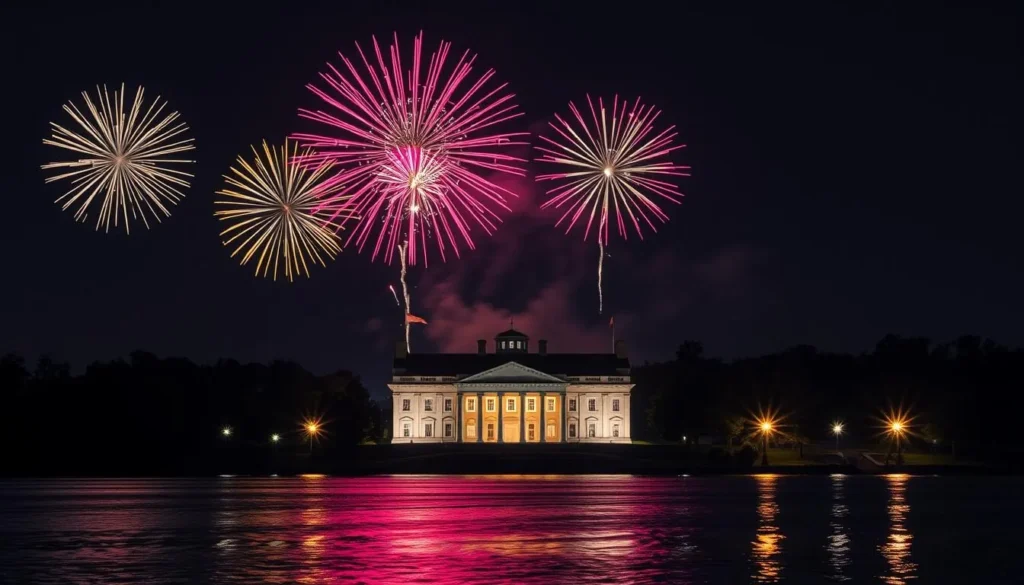
Practical Tips for Your Visit
What to Bring
- Comfortable shoes – Essential for navigating uneven 18th-century pathways
- Weather-appropriate clothing – Layers in spring/fall, sun protection in summer, warm attire in winter
- Water bottles – Especially important during summer months
- Camera – For capturing the scenic views and historic buildings
- Umbrella or rain jacket – Spring and summer can bring sudden showers
Accessibility
While the 18th-century pathways can be challenging, accessible routes connect the Mansion, Ford Orientation Center, and Museum. A shuttle runs continuously from April through October. Wheelchairs are available free of charge at the Ford Orientation Center.
Best Times to Arrive
To avoid crowds, especially during peak seasons (spring and summer), arrive when the estate opens at 9 a.m. or after 2 p.m. when morning tour groups have departed. If you arrive within one hour of closing, your ticket will be validated for a free return visit the next day.
Time Needed
Plan to spend at least 3-4 hours exploring the estate. If you want to include the Distillery & Gristmill (open April-October), add another hour to your itinerary.
Tickets and Discounts
Purchase tickets online in advance to save time. Military members, teachers, and EBT cardholders qualify for discounts. In 2025, guests who purchase full-price admission can return for free for the rest of the year.
Weather-Savvy Packing Tips by Season
Spring: Light layers, rain jacket, allergy medication if sensitive
Summer: Lightweight clothing, sun hat, sunscreen, insect repellent, extra water
Fall: Medium layers, light jacket, camera for foliage
Winter: Warm coat, gloves, hat, scarf, waterproof footwear if snow is forecasted

Mount Vernon Weather: Month-by-Month Breakdown
To help you plan the perfect weather-savvy trip to Mount Vernon, here’s a detailed monthly breakdown of what to expect:
| Month | Avg. High/Low | Precipitation | Crowd Level | Key Events | Recommendation |
| January | 44°F/29°F | 2.1″ rain, 4.9″ snow | Low | Winter exhibits | Good for indoor exploration, dress warmly |
| February | 48°F/30°F | 2.1″ rain, 5.2″ snow | Low | Washington’s Birthday celebrations | Special birthday events make it worth braving the cold |
| March | 57°F/38°F | 3.0″ rain, 1.4″ snow | Moderate | First blooms, early spring programs | Transitional month, pack layers |
| April | 68°F/47°F | 3.3″ rain | High | Garden tours, spring lambs | Excellent for gardens, book in advance |
| May | 76°F/56°F | 3.5″ rain | High | Spring Wine Festival, Memorial Day events | Ideal weather, but prepare for crowds |
| June | 84°F/65°F | 3.4″ rain | Moderate-High | Independence Fireworks, summer tours | Great overall, but can be humid |
| July | 88°F/69°F | 3.1″ rain | Moderate | Independence Day celebrations | Hot and humid, visit early morning |
| August | 86°F/68°F | 3.1″ rain | Moderate | Summer Escape events | Similar to July, focus on morning activities |
| September | 79°F/61°F | 3.3″ rain | Moderate | Colonial Market & Fair | Excellent overall, top-rated month |
| October | 68°F/49°F | 3.3″ rain | Moderate-High | Fall Harvest, Whiskey Festival | Perfect weather, beautiful foliage |
| November | 58°F/40°F | 3.1″ rain | Low-Moderate | Early holiday decorations | Cooler but pleasant, fewer crowds |
| December | 48°F/33°F | 2.7″ rain, 2.6″ snow | Moderate | Christmas at Mount Vernon, candlelight tours | Magical holiday experience, dress warmly |
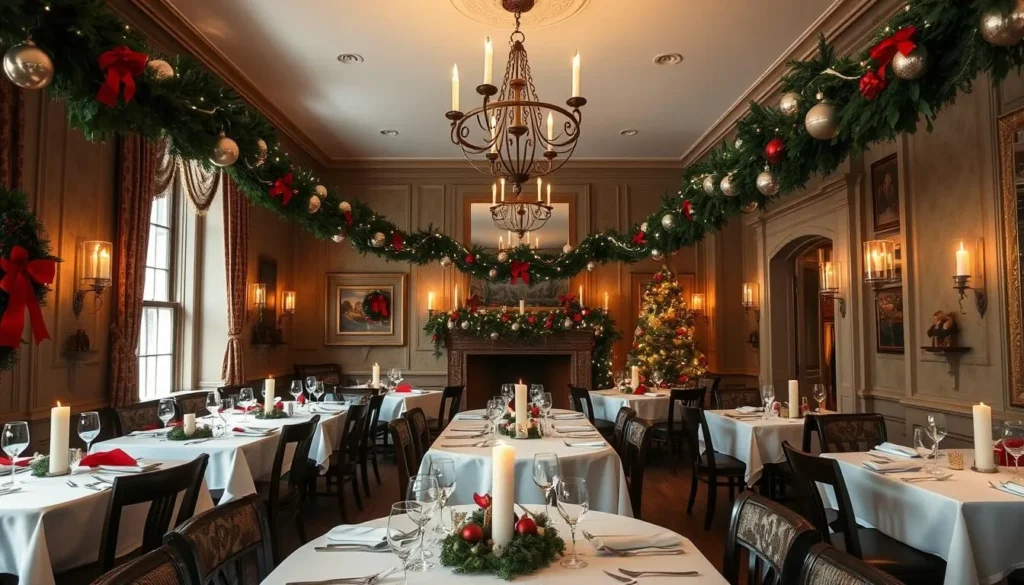
Weather-Based Itineraries
Based on Mount Vernon’s seasonal patterns, here are optimized itineraries for different weather conditions:
Perfect Weather Day (Spring/Fall)
- 9:00 AM: Arrive early and head directly to the Mansion for your tour
- 10:30 AM: Explore the outbuildings and gardens
- 12:00 PM: Lunch at the Mount Vernon Inn Restaurant
- 1:30 PM: Visit Washington’s Tomb and the Slave Memorial
- 2:30 PM: Tour the Museum and Education Center
- 4:00 PM: Drive to the Distillery & Gristmill (Apr-Oct)
Hot Summer Day
- 9:00 AM: Arrive at opening for outdoor exploration while temperatures are cooler
- 10:30 AM: Mansion tour (air-conditioned in some sections)
- 12:00 PM: Lunch and cooling break at the Food Court
- 1:30 PM: Museum and Education Center (fully air-conditioned)
- 3:30 PM: Potomac River cruise for cooling breezes
- 5:00 PM: Return to gardens as temperatures moderate
Rainy or Cold Day
- 10:00 AM: Begin at the Museum and Education Center
- 12:00 PM: Lunch at the Mount Vernon Inn Restaurant
- 1:30 PM: Mansion tour (during a break in the rain if possible)
- 2:30 PM: Return to Museum for films and additional exhibits
- 4:00 PM: Gift shop browsing
- 5:00 PM: Brief outdoor exploration if weather permits
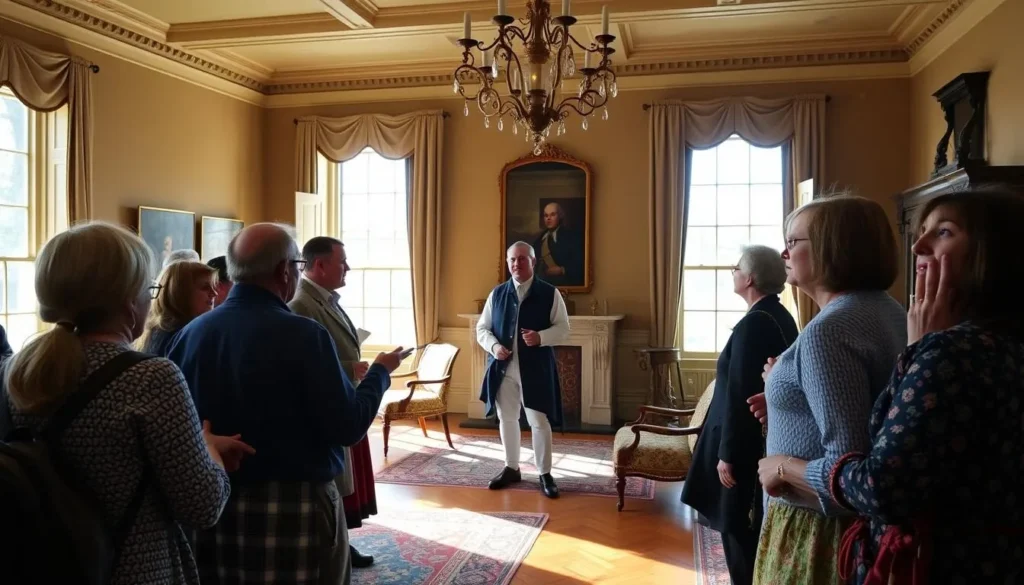
Transportation Weather Considerations
Seasonal Transportation Tips
Weather conditions can affect your transportation options when visiting Mount Vernon:
Spring/Fall (Recommended)
- Ideal for cycling the Mount Vernon Trail
- Pleasant for water taxi service from Alexandria/DC
- Comfortable driving conditions with scenic parkway views
Summer
- Water taxi provides cooling breezes and scenic approach
- Early morning or evening cycling to avoid midday heat
- Air-conditioned tour buses available from DC
Winter
- Driving recommended (check road conditions after snowfall)
- Water taxi service limited or unavailable
- Public transportation still reliable but dress warmly for waiting
Parking Considerations
Mount Vernon offers free parking year-round, but lot availability varies by season:
- Spring (April-May): Arrive before 10 AM or after 2 PM to secure parking during this peak season
- Summer: Morning parking fills quickly; consider afternoon arrival
- Fall: Weekends can be busy with foliage viewers
- Winter: Ample parking available most days
For the most flexible transportation options:
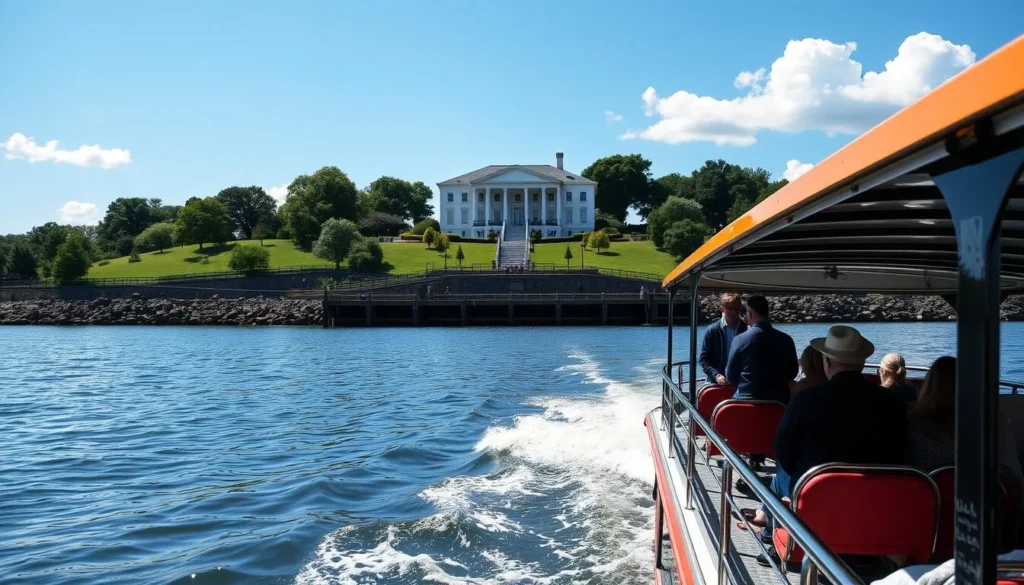
Photography Tips by Season
Mount Vernon offers spectacular photo opportunities throughout the year, with each season providing unique lighting and scenery:
Spring Photography
Spring offers vibrant gardens and blooming trees against the white mansion. The morning light (8-10 AM) provides soft illumination for the east-facing mansion front, while afternoon light beautifully highlights the gardens.
Best Spring Photo Spots:
- Tulip beds in the Upper Garden
- Cherry blossoms framing the mansion (late March/early April)
- Newborn lambs at the Pioneer Farm
Summer Photography
Summer offers lush greenery and dramatic skies. The “golden hour” just before sunset (7-8:30 PM in summer) creates warm tones across the estate. Consider Potomac River views for cooling visual elements.
Fall Photography
Fall provides the most photogenic conditions with colorful foliage contrasting against the white mansion. Mid-October typically offers peak colors. The clearer autumn skies provide excellent lighting throughout the day.
Best Fall Photo Spots:
- East Lawn with colorful tree line
- Bowling Green with fallen leaves
- Potomac views with autumn reflections
Winter Photography
Winter offers unique opportunities for minimalist compositions, especially after snowfall. The low winter sun creates dramatic shadows and highlights architectural details not as visible in other seasons.
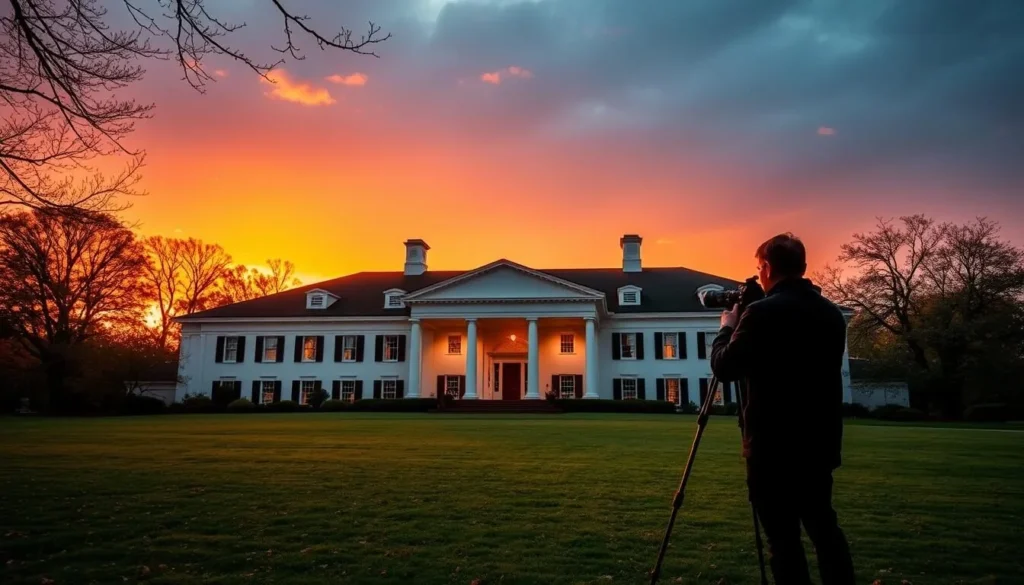
Family-Friendly Weather Planning
Visiting Mount Vernon with children requires additional weather considerations to ensure a comfortable and enjoyable experience for the whole family.
Best Seasons for Families
Spring and fall offer the most comfortable temperatures for families with children. Summer can be challenging due to heat and humidity, while winter requires extra preparation for cold weather.
Spring Family Highlights:
- Newborn animals at the farm (April-May)
- Moderate temperatures ideal for active exploration
- Hands-on gardening demonstrations
Fall Family Highlights:
- Harvest activities and demonstrations
- Pleasant temperatures for outdoor exploration
- Fall-themed events and programming
Weather-Based Family Tips
Summer with Kids:
- Visit early morning (9-11 AM) before peak heat
- Schedule indoor museum time during hottest hours (12-3 PM)
- Bring extra water, sun protection, and cooling towels
- Take advantage of shaded rest areas throughout the estate
Winter with Kids:
- Dress in warm layers that can be adjusted indoors
- Plan more time for indoor activities (museum, mansion)
- Visit during holiday programming for special children’s activities
- Bring hot drinks in insulated containers
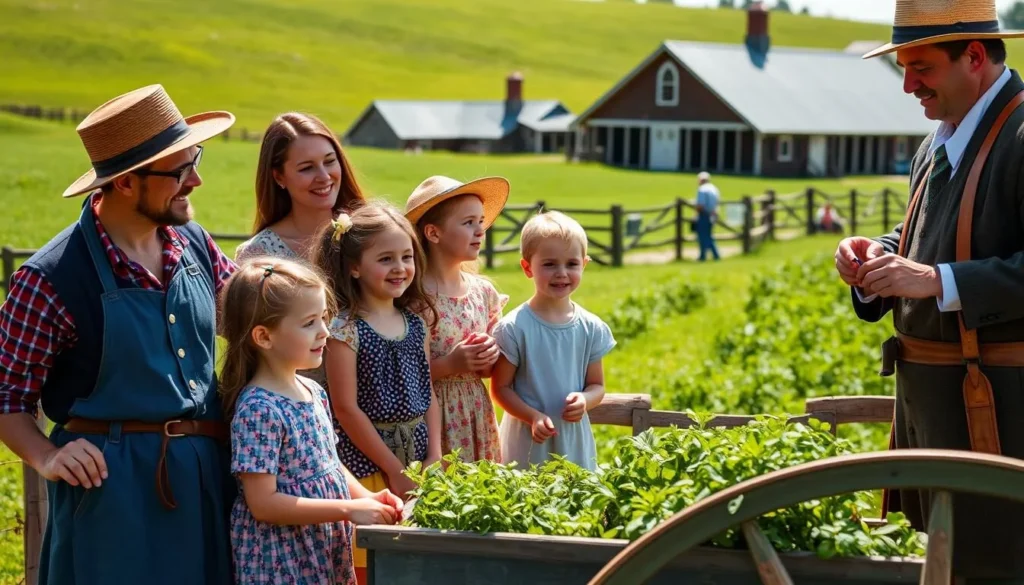
Special Weather Considerations
Current Renovation Notice
From 2023-2026, Mount Vernon’s Mansion is undergoing a landmark preservation project. Some rooms may be off-view during your visit. Additionally, from July 2024 through 2025, the Education Center exhibit on George Washington’s life will be closed for renovation. The “Mount Vernon: Story of An American Icon” exhibit remains open.
The estate remains open throughout these projects, with gardens, grounds, outbuildings, and museums accessible to visitors.
Extreme Weather Policies
Mount Vernon remains open 365 days a year, but certain weather conditions may affect your visit:
- Thunderstorms: Outdoor activities may be temporarily suspended
- Snow/Ice: Some pathways may be closed for safety
- Extreme Heat: Additional cooling stations may be available
Check Mount Vernon’s official website for any weather advisories before your visit.
Accessibility Weather Considerations
Weather can impact accessibility at this historic site:
- Rain: Dirt paths can become muddy and more difficult to navigate
- Snow/Ice: Wheelchair accessibility may be limited in winter
- Heat: Distance between sites feels longer in summer heat
The shuttle service (April-October) is particularly valuable for those with mobility concerns during hot weather.
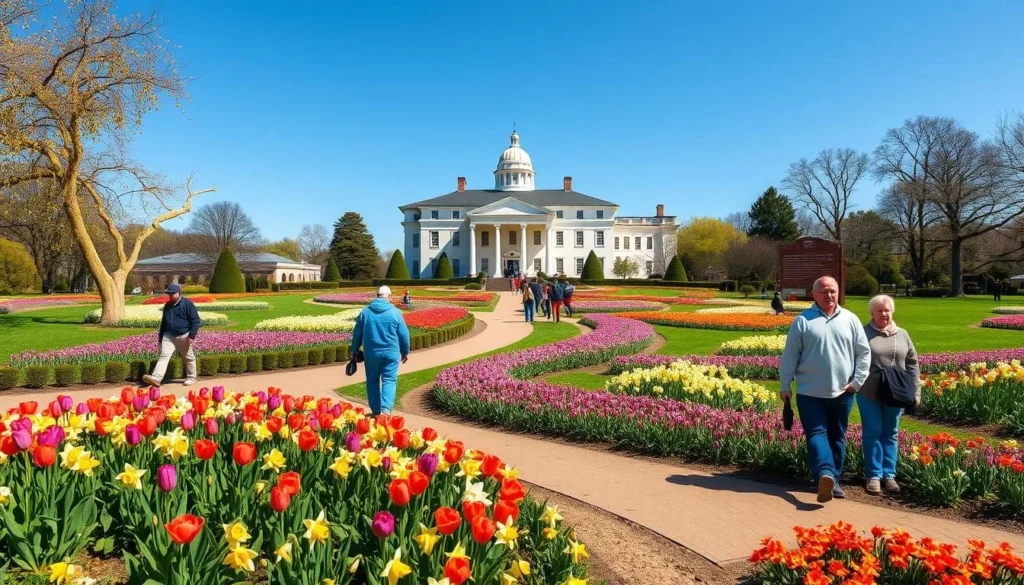
Conclusion: Your Perfect Mount Vernon Visit
Based on weather patterns, crowd levels, and seasonal attractions, the optimal times to visit Mount Vernon are during the “shoulder seasons” of late spring (May-early June) and early fall (September-October). These periods offer the perfect combination of comfortable temperatures, reasonable crowd levels, and beautiful scenery.
For those prioritizing pleasant weather and garden beauty, May is exceptional. For those seeking the clearest skies and fall foliage, September into early October provides the ideal conditions. Winter visits offer a more intimate experience with fewer crowds, while summer provides the most active programming despite the heat and humidity.
Regardless of when you choose to visit, Mount Vernon’s rich history and carefully preserved grounds offer a meaningful connection to America’s past in any season. With proper planning around weather conditions, your trip to George Washington’s beloved home will be an unforgettable journey through history.
Start Planning Your Mount Vernon Adventure
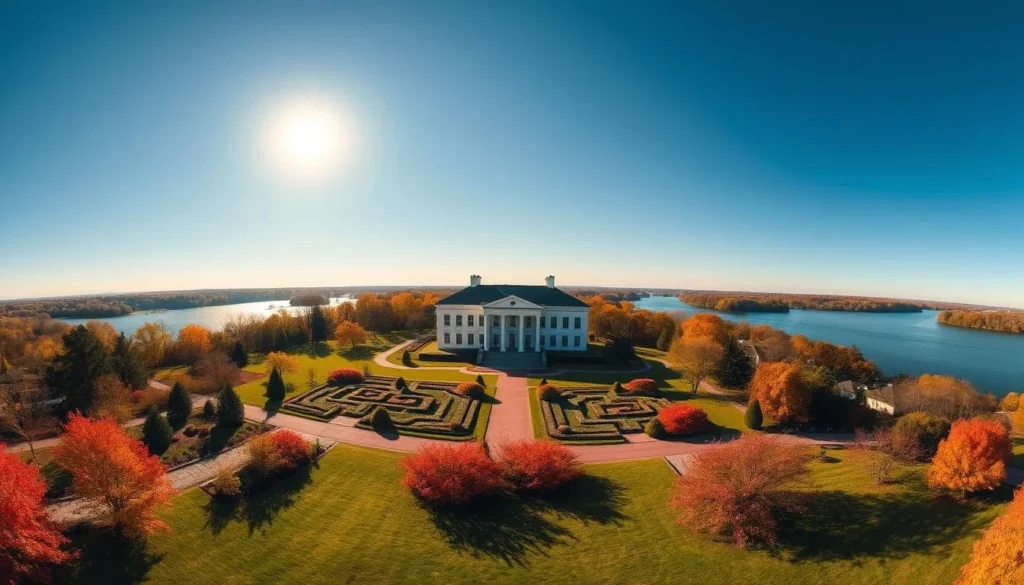
The above is subject to change.
Check back often to TRAVEL.COM for the latest travel tips and deals.

